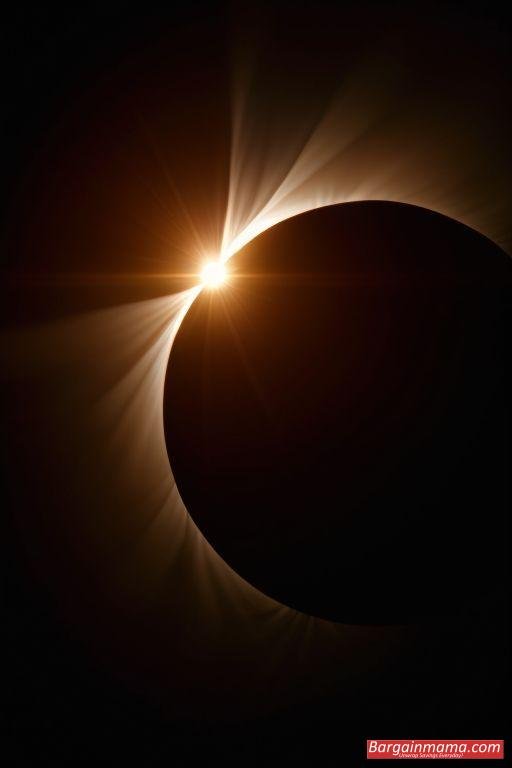A total solar eclipse that stretches from Mexico to Canada on April 8 will be a unique astronomical occurrence in North America. In addition to captivating onlookers with its amazing display, this celestial show provides a rare chance for citizen scientists to support NASA in significant scientific initiatives.
There are strange behaviors in nature during a complete solar eclipse. Lower temperatures, changing winds, and strange animal behavior are all present. It can even impact radio transmissions. NASA is excited to use this opportunity to collect important data, and all it takes to contribute to these scientific pursuits is a smartphone and a desire to engage.

What Takes Place Throughout the Eclipse?
When the moon fully blocks out the sun, a number of fascinating events happen. There might be a discernible drop in temperature, adjustments to wind patterns, and altered animal behavior. The sun’s corona, or outer atmosphere, which is normally invisible to the unaided eye, is also visible during this brief time of darkness.
How Can NASA Get Your Help?
NASA has started a number of citizen science initiatives that let anybody in the path of the eclipse make valuable observations with easily accessible equipment. Here’s how you may participate:
1. SunSketcher: Sketching the Form of the Sun
By using crowdsourced observations of Baily’s Beads—tiny patches of sunlight that form as the moon passes in front of the sun—the SunSketcher project seeks to determine the real shape of the sun. To take part, download the iOS and Android versions of the SunSketcher app, then follow the directions to take pictures of Baily’s beads during the eclipse.
2. Globe Observer: Tracking Shifts in the Environment
Take notes on any changes in the weather during the eclipse, such as shifts in cloud cover and temperature, using the Globe Observer app. Scientists can better grasp how eclipses affect regional weather patterns thanks to this data. Get the app from Google Play or the App Store, then install it to begin recording observations both before and after the eclipse.
3. Wildlife Audioscapes: A Study of Eclipse Soundscapes
Participate in the Eclipse Soundscapes Project to record the sounds of animals prior to, during, and following the eclipse. To register and get access to training materials, go to their website. To capture background noise while the eclipse is happening, you may also utilize an acoustic monitoring gear.
4. Eclipse 2024 Megafilm: Embracing the Solar Corona
Take pictures of the sun’s corona during totality with a DSLR camera that has a solar filter to help the Eclipse Megamovie 2024 project. Prepare your gear by following the Photography Guide on their website.

Get Ready in Advance
Make sure you’re ready long in advance, whether you’re taking part in a citizen science initiative or just watching the eclipse. Since totality only lasts for a short while, become comfortable utilizing any necessary applications or equipment. Don’t pass up this exceptional chance to see and participate in scientific research.
Time and Place of Viewing
13 US states are included in the line of totality, which begins in western Mexico and ends close to Newfoundland, Canada. The majority of the US will see a partial eclipse outside of this route. Find out when and where you can observe the eclipse from your area by using NASA’s online tool.
During this amazing total solar eclipse, you may actively support NASA’s research efforts by participating in these citizen scientific programs. As a community of scientists and watchers, let’s work together to unravel the secrets of our cosmos.



